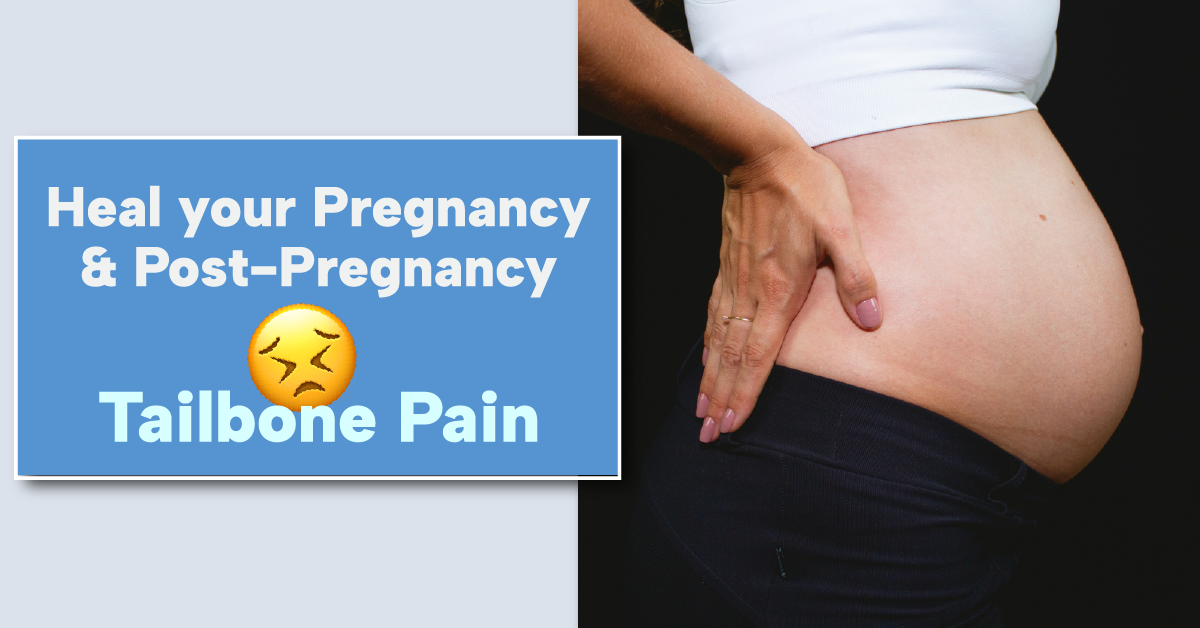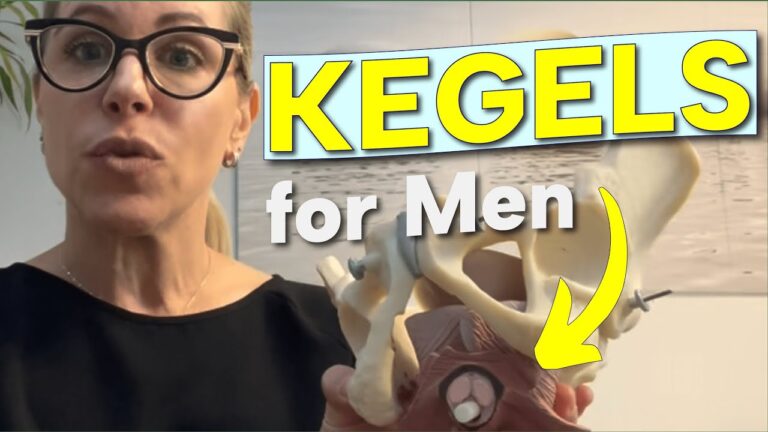The coccyx, more commonly known as the tailbone is a triangular-shaped bone at the end of the spine. It represents a vestigial tail that disappears at around 8 weeks of gestation, hence the name tailbone. There is variance between individuals in coccyx anatomy and can consist of 3 to 5 different bones connected by ligaments at the bottom of the sacrum.
What is the function of the coccyx?
- The coccyx is part of a 3-point tripod support system together with the sit bones to promote balance and stability in the seated position. It helps to distribute weight in sitting. The tailbone is the connecting point for many of the pelvic muscles, therefore, playing a role in pelvic floor stability and strength.
- It provides support to support the anus and aids in defecation.
- It Supports the vagina in females
- It provides support and stability during movement of the legs such as walking and running.
Women are 5x more likely to have coccyx pain than men.
Why does the tailbone hurt during pregnancy and postpartum?
- Changes in posture and center of gravity during pregnancy and in the postpartum period.
- Positioning of the baby during pregnancy. If the baby is positioned posteriorly, the bony part of the baby’s head can push on the mom’s sacrum and tailbone and can cause pain and discomfort.
- Birth trauma – by nature of what happens the birthing process causes a destabilization of the sacrum and coccyx to allow the baby to pass through the birth canal. Although our bones are meant to move in predictable ways during the birthing process, it may lead to injury such as muscle tears and over-stretching.
- The prolonged pushing phase of labor can cause the coccygeus muscle to spasm. Spasms in this muscle, located in the deepest layer of the pelvic floor, can pull the coccyx forward and cause pain.
- Pelvic floor muscles that are weak or in spasm can cause coccyx pain.
- Referred pain- always remember that the root cause of pain may be at a site distant from where you actually feel the pain! Coccyx pain may be referred from a C-section scar, the hips, low back, and even pregnancy changes in the feet!
What can a Pelvic Floor Specialist do to help you heal?
- Manual therapy: many of the pelvic floor muscles attach to the coccyx. The pelvic floor muscles are like any other muscle in the body and respond extremely well to manual therapy!!
- Core component coordination: making sure that your respiratory diaphragm is coordinating with your pelvic diaphragm is really important.
- Pelvic floor muscle training: these muscles need to be able to contract and relax. Weak pelvic floor muscles will not support the coccyx enough, tight or overactive pelvic floor muscles will pull it forward and can cause pain. A spasm on one side may pull the coccyx to one side causing pain as well.
- An individualized home exercise program for the coccyx is essential for long-term healing.
- Postural training in all positions to help retrain neutral alignment.
- Body mechanic training to teach you how to use the right muscles for certain movements so that you’re not compensating and causing more coccyx pain.
I’m sure you’re getting the picture that there are so many reasons why it’s so important to be seen by a pelvic floor specialist to help resolve tailbone pain.
There is no need to live in pain. Call Now to schedule an appointment to be on your way to pain-free living.





